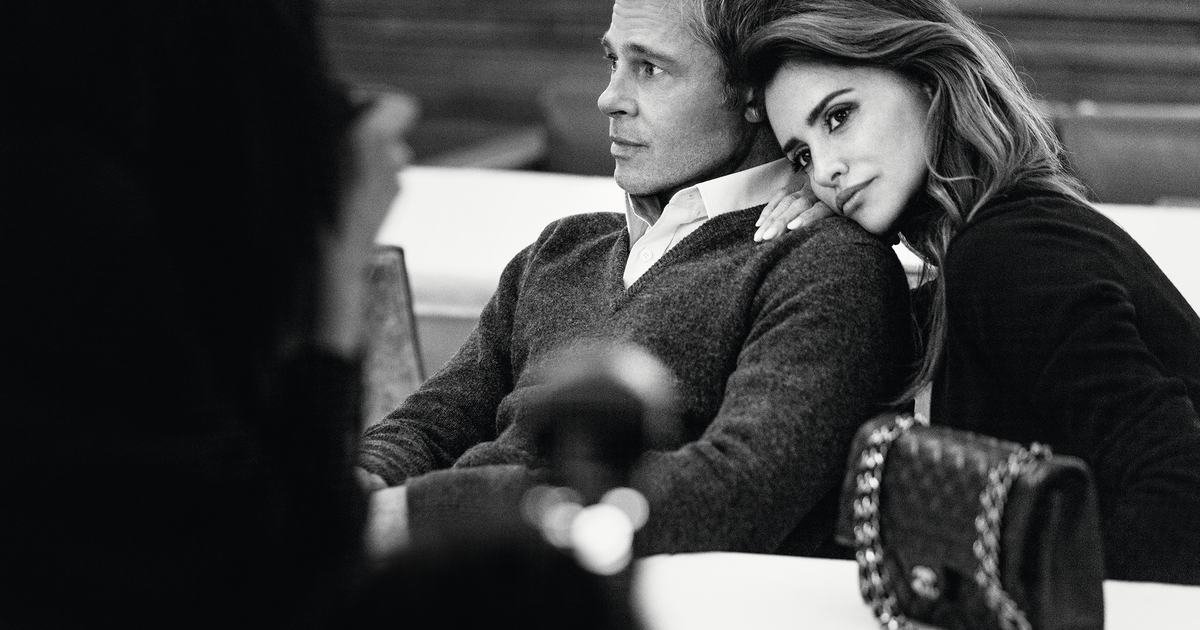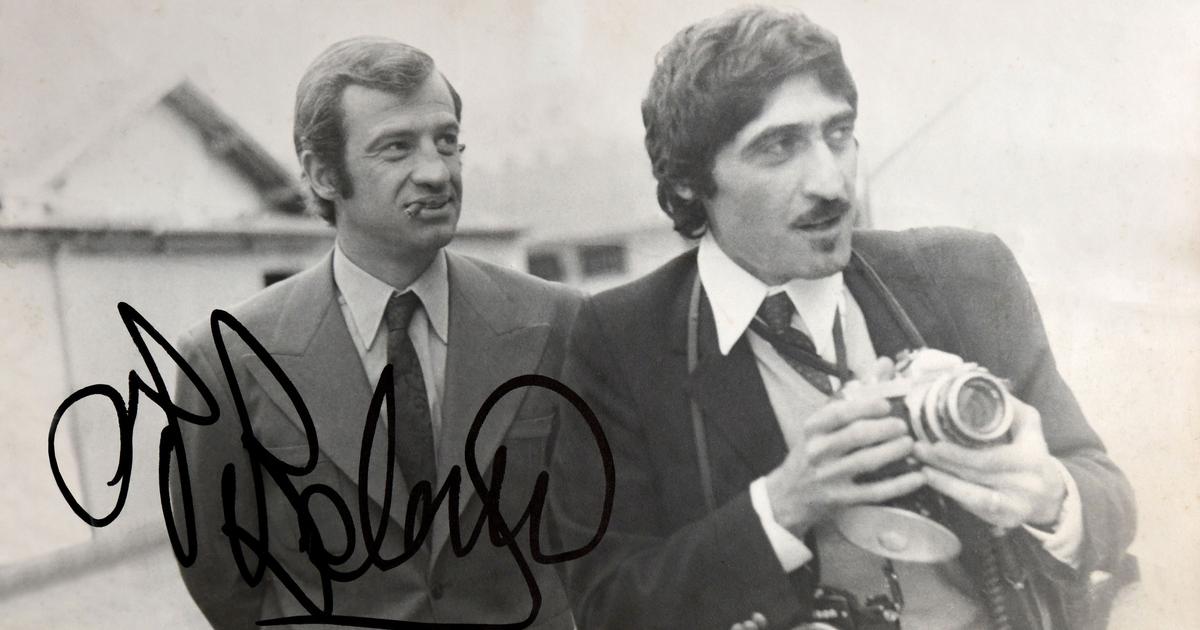Miss Figaro. – The sock, this monument of banality, holds, you say, a devastating power. What is it about ?
Jean-Claude Kaufman.
–
The major challenge of a sock is to remain invisible.
She is expected not to catch eyes, because when she does, it is to cause trouble.
However, the human ideal is to have recourse to very fluid automatisms, without asking our gaze or increasing our mental load.
This is what Hegel calls the theorem of the hole in the sock: in the household universe, this item of clothing only reaches the cogito if it causes concern.
The socks then provoke an annoyance that one does not expect in the face of such a derisory object.
In the public sphere, we usually only notice them when they are a little short, wrinkled, the wrong color, or when they show a strip of skin between the elastic and the pants...
Read alsoBruno Ginesty, Eva Mendes, Alexandre Cressiot... These "cleanfluencers" who make cleaning trendy
What do they cause then?
Visible, the sock can elevate, classify, in a logic of social distinction.
But it also carries the risk of a negative stigma that is all the more powerful because it rests on a base, contemptible object, likely to provoke disgust and contempt.
Worn out socks with holes can disqualify the wearer.
There is nothing worse than the sock to belittle.
In 1993, to defend the former Prime Minister Pierre Bérégovoy accused of embezzlement, Pierre Joxe asserts, in essence, that a man who wears such socks cannot be dishonest.
He then sends him back to his working-class origins.
And here is Bérégovoy caricatured by Plantu, in one of
Le Monde
, decked out in worn, dripping red socks.
Later, in 2000, Jean-Marie Messier, then head of Vivendi Universal, posed on the cover of
Paris Match
and sported a slightly holey sock.
He shows there the strength of his relaxation, which brings him a rather positive buzz.
Later still, when he tumbles down, riddled with business, his holed sock is violently thrown back to him, like a boomerang.
And the examples follow, from the pink socks of the former Minister of Finance Michel Sapin to those with patterns of Canadian Prime Minister Justin Trudeau.
You can create a surprise with your socks, provided you have enough confidence to avoid the slightest false note.
However, socks are becoming more and more popular: white or coloured, with patterns or messages, mismatched, even under shorts. Why this comeback?
This is due to their power of disruption and surprise.
At a time when everything is possible, when many things that were once subversive (such as sexuality) are trivialized, you have to do a lot to provoke astonishment.
The sock allows this very easily, because it has an irruptive effect.
Just make it a little visible to create a surprise.
But it's about showing signs of daring, not looking like a slob!
To mean not to everyone but to those who are attentive to trends: "Be careful, I wear mismatched socks, but it's voluntary."
It is enough to make the sock a little visible to create the surprise
Jean-Claude Kaufman
Can men and women afford the same eccentricity?
The men's sock is the most affected by the imperative of discretion, invisibility and banality.
Hence its color: blue, gray or black.
Women have different uses for the sock.
First there is the interior and comfort.
When I wrote
The Lone Woman and Prince Charming
, in 1999, on the solo life, I saw the strength of the pleasure of hanging out at home in big corkscrew woolen socks!
As a fashion accessory, on the other hand, the sock is the subject of real creativity.
We show it off, we explore the colors and patterns, as with a blouse or a skirt… Which in fact anchors the sock in two very different symbolic universes.
To the chagrin of men, who try to free themselves from the constraints that weigh on them.
And who are reluctant to put on another one, write: that of washing and storing their socks properly...
Very often, when a man crosses the threshold of his home, he revels in the happiness of letting go.
He unplugs, frees himself from the pressure of society.
The pleasure of taking off your clothes is part of that: you take off your shoes and your socks, you think you'll put them away later.
But this pleasure of disconnection is such that the "later" is long overdue.
His wife, who sees all this, tries to suppress it, then, unable to bear it any longer, exclaims “You could put away your socks!”, which she often ends up doing herself.
It is still necessary, then, to decide the fate of these socks found here and there: is such a pair dirty?
Then, it is a question of putting them in the wash, before indulging in the step of reconstituting the pairs, sometimes complicated by the drama of the orphan sock.
With a weight greater than that of other annoyances?
The mental load is not only a matter of weight, but also of quality, depending on the stress it causes.
Of course, the anxiety is more important when it comes to children, school, or illnesses than when it comes to socks.
But these have a little something particularly annoying.
We very quickly go into a spin for socks, because they reveal deeper dissatisfaction with the sharing of tasks.
A couple is based on the permanent gift of self, it goes beyond compromise, a word too weak to describe this loving capacity to repress the multiple and daily small annoyances.
Repressing a whole universe of criticisms bubbling up in oneself is a sine qua non condition for the proper functioning of a couple, for the creation of a common culture.
But sometimes small explosions occur, like that famous “You could put away your socks!”
A negative crystallization takes place on these underwear.
Taking care of your husband's socks is not the same as washing your whole family's laundry
Jean-Claude Kaufman
You conclude your book thus: "the question of the sock is the future of women's liberation." Really ?
There is an element of humor and provocation there, but, yes, I think so.
The sock appears in the title of a whole series of feminist writings.
She is a symbol: taking care of her husband's socks is not the same as washing the laundry of her whole family, children included.
It is a clear symbol of female emancipation.
What do you propose to free us from the injunctions surrounding the sock?
I defend a manifesto for a free sock!
Our whole society tends towards individual emancipation.
The sock, because it functions in pairs, remains caught up in an uncompromising conjugality.
No divorce, no separation is possible.
The sock remains stuck in the last century!
Now, freeing the sock is freeing us.
My proposal is absolutely radical and extremely simple.
I suggest that we pick by chance, without looking at them, two socks that go more or less together.
We then avoid the problem of the reconstitution of the pairs, and we free ourselves from a very old convention which no longer has any reason to exist.
Sincerely,
Have you ever liberated yourself?
Not yet, because I spent my holidays barefoot or in sandals.
But on October 6, I will, of course, put my manifesto into practice.
And this, definitely!
Little philosophy of the sock
, by Jean-Claude Kaufmann, Éditions Buchet Chastel, 224 p., €17.90.
To be released October 6.



/cloudfront-eu-central-1.images.arcpublishing.com/prisa/KLAMPJRPHJDJZKMVQQCPEMVMIM.jpg)





